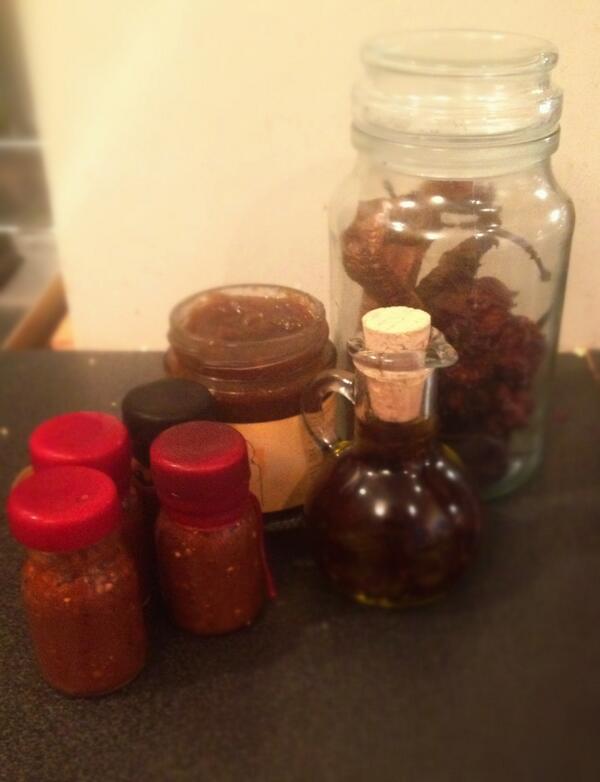One of the traditional things that is consumed for Thanksgiving is the Pecan Pie, a shortcrust pie base with a caramel style nut filling. We made a version to take to a potluck dinner and it went down sufficiently well to warrant sharing the recipe!
Ingredients:
500g pack sweet shortcrust pastry75g butter
150g golden caster sugar
300g golden syrup
1 tsp salt
3 eggs, beaten
½ tsp vanilla extract
300g pecan halves
Splash of rum (optional)
Method:
To start, line a pie dish with shortcrust pastry - either a home-made pie crust if you really want to make one, or a ready roll packeted one (which is what I use, if it's good enough for Nigella etc etc) will work. It needs blind baking for the first 15 minutes, then 5 minutes to colour. So, begin by covering the pastry with a layer of baking paper or tin foil, and add baking beans (whether ceramic or dried chickpeas it matters not). Pop in a preheated 180°C oven for 20 minutes, and then remove the beans for a final 5 minutes.During this time you can begin work on the filling. For this I use golden caster sugar, golden syrup, unsalted butter and a teaspoon of salt - although optional, the savoury edge that comes from the salt lifts the pudding no end. Heat the ingredients together slowly in a large heavy bottomed pan. As the butter starts to melt keep stirring the mixture, so that it doesn't burn. As the mixture starts to boil it will rise up the pan... keep stirring and allow to boil for a minute or so, then turn the heat off and leave to cool slightly. While you are waiting for it cool, mix together the eggs, vanilla extract, and pecans (keeping some aside to adorn the top prior to baking) and the rum, if using. I like to use a demerara rum that adds a lovely alcoholic sweetness to the pie, but any rum will work.
When you have all three elements ready, pour the still warm caramel into the eggs, stirring continuously to avoid curdling. At this point a waft of delightfully warm rumminess will fill the kitchen if you've chosen to take the boozy path. When everything is combined, pour the heady, sticky-sweet filling into the pastry case. Decorate the top with some pecans (these will toast lightly during the cooking time) and return to the oven for 35-40 minutes, until the pie has set. Leave to cool and the whole lot will further solidify. You can eat the pie straight away, or if you are so inclined store it in an airtight tin and eat within a couple of days. The pie should serve about twelve, with a helping of cream or dollop of ice cream.
Enjoy!
Jim












